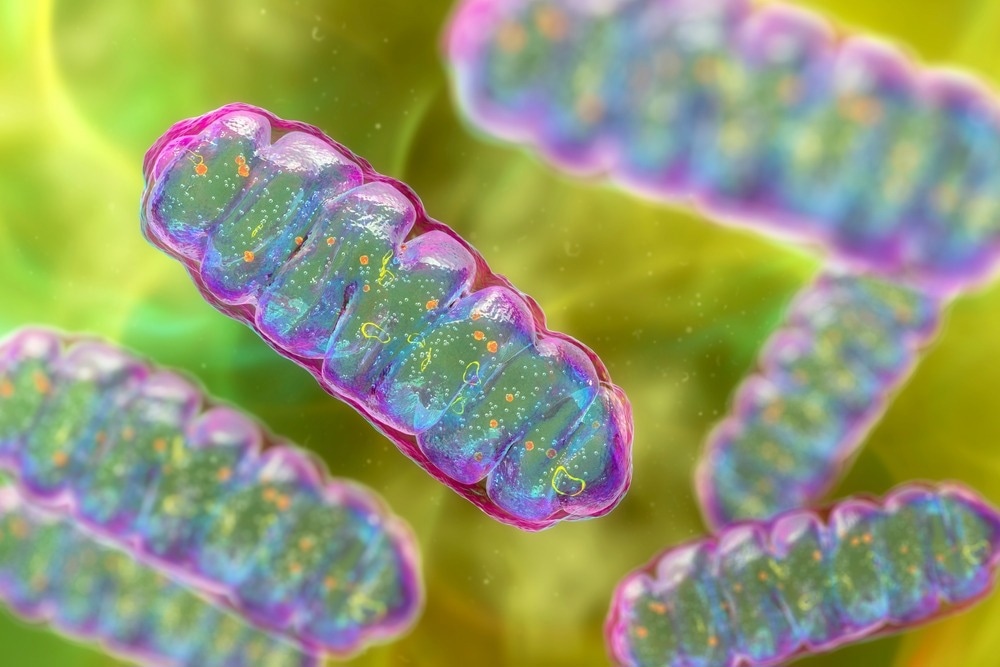Reviewed by Danielle Ellis, B.Sc.Jan 16 2024
According to a recent paper published in the “Journal of Cell Biology” by the Barral group (IBC), diffusion barriers are established by mitochondria independently of physical separation.
 Diffusion barrier visualized in a continuous mitochondrion. Kaede, a photoconvertible fluorescence protein, was fused to the mitochondrial membrane protein Tom20. Diffusion of photoconverted (red) Kaede was restricted at the bud neck. Image Credit: ETH Zurich
Diffusion barrier visualized in a continuous mitochondrion. Kaede, a photoconvertible fluorescence protein, was fused to the mitochondrial membrane protein Tom20. Diffusion of photoconverted (red) Kaede was restricted at the bud neck. Image Credit: ETH Zurich
Inducible outer membrane barriers and constitutive inner membrane barriers restrict material exchange between compartments.
The powerhouses of eukaryotic cells, mitochondria, are crucial for many cellular processes, and preserving the integrity is critical to the survival of individual cells. It was previously believed that mitochondria of different quality needed to be separated through mitochondrial fission.

Image Credit: Kateryna Kon/Shutterstock.com
The Barral group reveals the existence of lateral diffusion barriers inside continuous mitochondria in the present study. These barriers are surprisingly stable in the absence of fission factors, casting doubt on the idea that physical separation is essential for the formation of mitochondrial boundaries.
Diffusion barriers near the cell poles and at the bud neck are identified by the study. While barriers in the outer mitochondrial membrane are formed in response to stresses, barriers in the inner mitochondrial membrane are present constitutively. Moreover, retrograde signaling negatively controls the strength of these barriers, while spatial cues from the septin axis positively regulate it.
The authors suggest that mitochondrial polarity is enhanced by diffusion barriers within the mitochondria, based on these observations. The results establish mitochondrial diffusion barriers as a new pillar in our understanding of mitochondrial quality control.
Source:
Journal reference:
Yoshii, R. S. & Barral, Y. (2024) Fission-independent compartmentalization of mitochondria during budding yeast cell division. Journal of Cell Biology. doi.org/10.1083/jcb.202211048